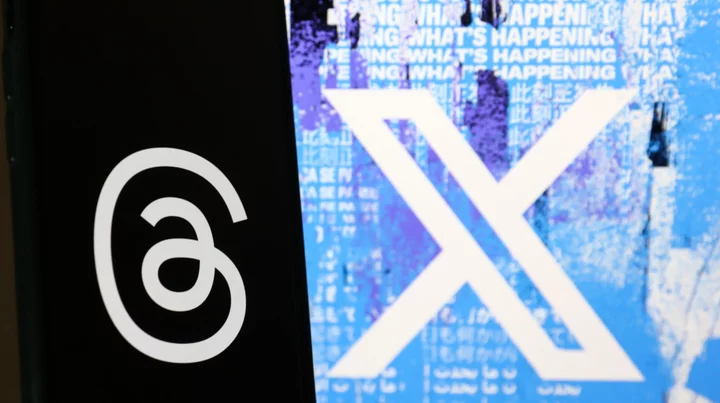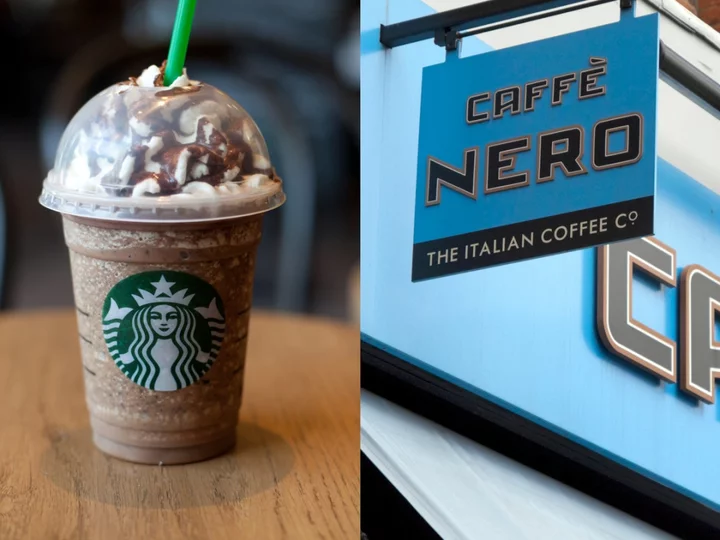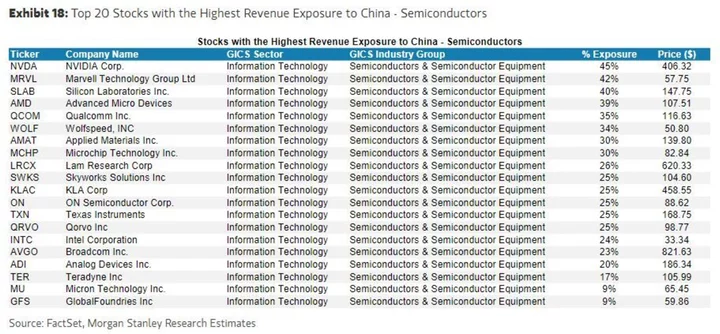Conventional wisdom among the extremely online holds that Threads – the Twitter-like app launched by Meta in July – was a summer fad. But if recent changes in both services are anything to go by, Threads is on course to topple Twitter (or X, if you must). Don't be surprised if Threads becomes the go-to place for all things trending by the end of 2023.
After notching more than 100 million signups in its first week, Threads saw its active users plummet to 25 million in week two. Some Twitter users who were keen to switch reluctantly concluded that Threads was unusable: there was no simple reverse-chronological timeline, only an algorithmically-generated one that included people you weren't following. And the lack of a web-based version made it simply unusable for those of us tethered to the desktop.
But Threads is evolving fast, just as we said it needed to do. It's hanging out there, a vast sci-fi spaceship in orbit around Planet Twitter, just waiting to beam everyone up — while retrofitting its facilities to make everyone as comfortable as possible.
SEE ALSO: How to change your Threads feed to accounts you actually followA Threads update last week added a "Following" tab – the regular timeline we'd all been craving. The tab options are only revealed when you tap on the Threads icon at the top of the timeline, so don't feel bad if you haven't noticed. And Threads will revert to the "For You" algorithmic feed if you refresh when there are no new posts.
Still, it works. Under Following, Threads feels instantly Twitter-like. Meanwhile Twitter — now technically called X, thanks to its weirdly X-obsessed owner Elon Musk — feels less like itself than ever. I have browsed both in roughly equal measure since the update, and Threads posts were the first to alert me to the passing of both Sinead O'Connor and Paul Reubens.
When Donald Trump was indicted for a third time on Tuesday, the meme-filled discourse I saw on both apps seemed like mirror-images – perhaps because Threads has gotten very good at suggesting I follow the same accounts I already follow on Twitter.
As for a usable web version of Threads? "We're working on it!" Adam Mosseri, head of Instagram and Threads, told a financial strategist who requested the feature Monday. "Hang tight!" he responded to users who posted a volley of "we're waiting!" memes.
No launch date was offered. However, given the fact that a barebones Threads web version already exists (you just can't post yet), and given the breakneck speed at which Mosseri has been updating the app, even while on vacation, his promise seems a little more trustworthy than Musk's signature reply, "looking into it."
X marks the moment for leaving Twitter
Inertia is a powerful force, even in the fast-moving social media world. We prefer to stick with the platforms where we're familiar, where we've invested time cultivating our garden of follows. If Threads had launched in years past, Twitter would have home-field advantage. Meta could have only dreamed of the kind of implosion that could get users to take a second look at Threads.
But this isn't years past. This is 2023, Twitter's owner has graffitied an awful X over the beloved bird brand — and he doesn't even own the trademark in question. Musk is seizing account handles at will, hamstringing his handpicked CEO, and just filed an unusual lawsuit against an organization that tracks how much hate speech has grown on the platform.
Advertising revenue has cratered on the app formerly known as Twitter, and still Musk isn't done messing it up. He's threatening verification removal for advertisers who don't buy enough ads. He's making paid posts look less obvious, which seems like a surefire way to destroy trust and annoy the very users advertisers are trying to reach.
Anecdotally, my timeline seems stuffed with repetitive ads for tiny apps, dubious crypto coins, politicians, and drugs, and I'm getting used to simply blocking them all. I'm not the only one to tire of those Cheech and Chong gummy ads.
And then of course there's Musk's misguided attempt to monetize the verification system, with the result that a blue check is now less likely to indicate that the person is who they say they are. Derision for paid bluechecks is so widespread that Musk now lets them hide the offending mark. They'll still be surfaced first in the replies to a tweet, however.
The likely result: increased confusion, lower-quality conversations, and for power users, no easy way to identify and block the army of trolls who adore Musk.
In other words, conditions could hardly be better for a mass migration from Twitter to Threads. Arguably the one factor in Musk's favor is the European Union's strict tech privacy laws, which means Meta hasn't launched Threads there yet, which means that prominent Twitter users in Europe have no real alternative (unless they use a VPN to access Threads). Given Musk's own run-ins with the EU, it would be ironic if the bloc saved the X app from total irrelevance.
But don't be surprised if the ground suddenly shifts between the two, because in the realm of the hot app where all the discourse is happening, there can be only one winner. We've seen this movie before. In the early 2000s, Yahoo and Microsoft looked unassailable in search and platform software respectively, even as Google and Apple took progressively larger bites of the market leaders' lunches. Barnes & Noble barely saw Amazon coming. The faster Netflix grew, the faster Blockbuster collapsed. MySpace was the leader in social media until it wasn't.
When the hot new thing is decided upon, a stampede follows. And when tech historians look back on the Threads-Twitter war, the quiet update of the "Following" tab may seem like the clearest pivot point.









